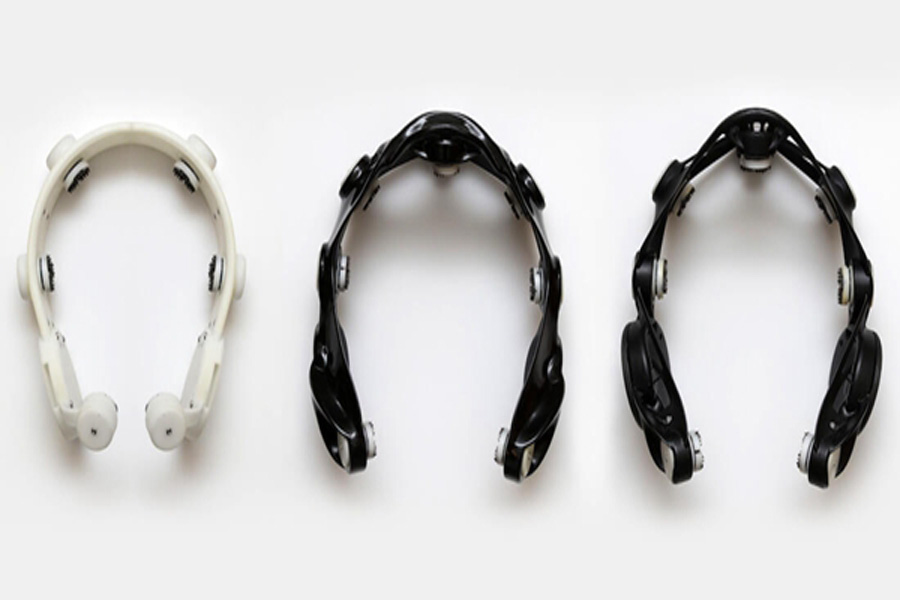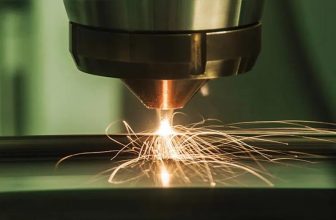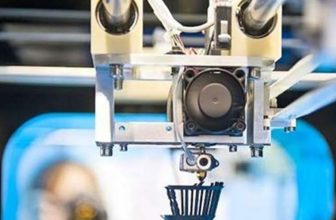
For most patients with spinal cord injury, the recuperation period may be very long due to complex testing and related technical requirements. The PhD in Biomedical Engineering from the University of Glasgow in Scotland is dedicated to finding better solutions for all participants, and has improved recovery capabilities through 3D printed headsets.
Nina Petric-Gray worked with HP and Autodesk to create a lightweight and durable headset for monitoring and recording the electrical activity of the brain through electroencephalogram (EEG). By using Fusion 360 and HP Multi Jet Fusion (MJF) 4200 3D printer, Petric-Gray’s goal is to create a functional model to restore the patient’s hand function outside the hospital. Sending electrical pulses to the patient’s body to cause hand movements, functional electrical stimulation is designed to treat paralyzed patients suffering from central nervous system damage.
The EEG headset evolved from the original design modeled with traditional CAD on the left to the final design on the right using the generative design in Autodesk Fusion 360. (Picture provided by Nina Petric-Gray)
If you have ever experienced the unfortunate experience of a long hospitalization (or recovery), chances are you will remember that when the doctor poked you all day and night, the doctor rarely took a break. Most patients are unwilling to do anything but recover as soon as possible. 3D printing equipment such as Petric-Gray can enable patients to recover at home, thereby reducing the burden on hospitals and rehabilitation centers.
Currently, thousands of patients with spinal cord injuries cannot recover outside of medical institutions. However, this customized device offers clear potential for affordable, customized, patient-specific treatments. Petric-Gray said: “As the headset model evolves into something quite complex, it is obvious that the FDM printing model is no longer applicable due to the large amount of processing required. When I first saw HP MJF printed headphones, I felt Shocked, it shows the real progress of the earlier model. It is perfect out of the box, others need post-production touch-ups.”
Petric-Gray, together with PhD supervisor Aleksandra Vuckovic and associate supervisor Craig Whittet, was inspired by a typical gaming headset in the early prototype design of the new device and modified the design to improve the electrode connection. As the project progressed, PhD students began to use HP 3D Multi Jet Fusion (MJF) printing for precise customization. The benefits of 3D printing have also been fully realized, not only because it saves production costs, but also has the ability to digitize and quickly make changes without waiting for third parties or wasted materials.
“Although we are only in the prototyping stage, 3D printing definitely has the necessary advantages to become a final product manufacturing method.” Petric-Gray said, “The ability to tailor products for patients in the short term is a win-win for manufacturing. The Technology makes it possible for us to print an integrated headset, printing the frame and electrodes as a unified part, without having to construct anything later.”
So far, the device has gone through 15 different iterations (using a variety of different materials), and has been tested on healthy patients, and more complex medical trials are about to be carried out, and it is planned to be cleared soon For use in many other SCI patients. If the device has been fully commercialized for rehabilitation, the National Health Service (NHS) may even provide reimbursement.
Dr. Aleksandra Vuckovic, Senior Lecturer in Rehabilitation Engineering at the University of Glasgow, said: “We are very happy that they can re-reach, bend and stretch, which is basically the dexterity of grasping things. We may expect stroke patients to get better treatment results, because usually their opponents The control is greater, and their damage is in the brain, so we directly target it through the brain-computer interface (BCI). Of course we can help people become more independent and practical.”
Comment: 3D printing has always been a catalyst to change the quality of life of patients around the world. In the Netherlands, a breakthrough has been made in the 3D printed nerve scaffold designed to help regain functionality, tissue engineering for customized treatments and the successful treatment of two complex cases in the Netherlands Spinal implants have also been successful recently.





